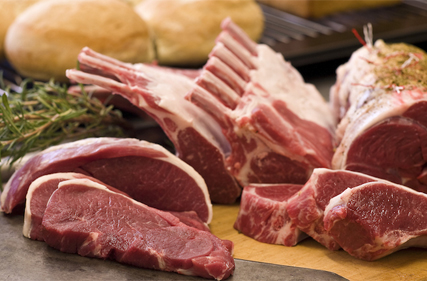Sheep Producers Australia CEO
In many sheep producing regions sheep producers are counting some wins at present, particularly around the improvement in season, as well as the ability of the processing sector to continue to operate during a pandemic.
Meat & Livestock Australia (MLA) has released a report that highlights two vital points relating to the high prices at this time, they are not only a function of re-stocking, and do not come about by accident.
Firstly, sheepmeat has made up significant ground in improving returns in markets with which Australia has a preferential trade agreement.
Sheepmeat is sold across a diverse range of countries, and we have always battled with tariffs and quotas.
The fact that sheepmeat has not been as high as other red meats is actually a tribute to that diversity in the market and the efforts of exporters who must deal with the wide range of requirements to market into 60 plus countries.
It takes a lot of Free Trade Agreements to cover the sheepmeat markets. Having more regions allow us preferential access reduces tariffs, increases quotas, or eliminates them altogether which has a direct impact on the processors ability to pay at the farm gate.
The efforts have been a combination of levy investment, Government (in country) assistance, and of course the exporters own marketing abilities.
For those wondering if a levy is good value, compare the sale prices during a drought in the 90’s to the last drought. That is what market access does.
The second area is Non-Tariff Barriers. All those bureaucratic ways that our exports can be slowed. This is where an RDC, and Government can really assist commodities.
The gamechanger for sheepmeat has been the extension of shelf life limits in the Middle East markets.
Shipping to the Middle East is not easy. Sea freight usually needs to be transhipped via a major hub such as Singapore.
Because of COVID, there have been delays, container shortages, and missed connections. There is also a shortage of airfreight with few passenger flights.
An extension of shelf life has been essential in retaining value in the market, with product needing time to transit to the market and then to be sold in market.
We can be thankful of the levy return in negotiating the extended shelf life, and also the investment in the vacuum packaging that underpins the product achieving this.
There are immediate risks to all this, I have already mentioned the current shipping problems, and others include:
- Labour shortages in abattoirs. Less labour means less ability to split the carcase multiple ways and maximise value it also means reduced kills and less competition.
- Domestic truth in labelling. In the red meat sector, lamb still has the highest proportion of domestic consumption (about 35%). Whilst lamb is only now starting to be targeted by cell based and plant based manufactured product, it has a lot to lose in allowing manufactured product that has no relation to sheep production, a free ride on the sheep producers back. It is the sheep producers levy that has provided much of the marketing dollar (including the famous lamb ads), and no other industry should take advantage of our natural product that is marketed using sheep industry dollars
The sheepmeat story is a good one, it is not an accident that the industry is where it is now, but it must always move forward, or we risk being overtaken by competition in one form or another.

